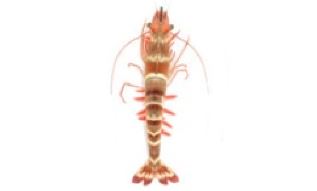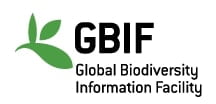Scientific Name: Penaeus indicus H. Milne Edwards, 1837

Photo: Henry et al.( 1 Jan 2019 )
Classification:
Description:
Environment:
Comments:
References:
Al MA, Akhtar A, Rahman MF, AftabUddin S, Modeo L (2020) Temporal distribution of zooplankton communities in coastal waters of the northern Bay of Bengal, Bangladesh. Regional Studies in Marine Science, 34, 100993.
Khan MS, Uddin SA, Haque MA (2015) Abundance and composition of zooplankton at Sitakunda coast of Chittagong, Bangladesh. Research in Agriculture Livestock and Fisheries, 2(1), 151-160.
Abdullah Al M, Alam MD, Akhtar A, Xu H, Islam MS, Mustafa Kamal AH, Alam MW (2018) Annual pattern of zooplankton communities and their environmental response in a subtropical maritime channel system in the northern Bay of Bengal, Bangladesh. Acta Oceanologica Sinica, 37, 65-73.
Hossain Z, Hossain MS, Uddin N, Safa E, Rahman M (2020) Assessment of the Fish and Plankton Biodiversity in the Bay of Bengal, Cox's Bazar, Bangladesh. World Appl Sci J, 38:471-478. doi:10.5829/idosi.wasj.2020.471.478.
Majumdar BC, Kabir IE, Sheikh AH, Mukul MN, Shovon MN(2023) Species Composition, Diversity and Abundance of the Zooplankton Population at Southern Estuary of Bangladesh. Diversity and Abundance of the Zooplankton Population at Southern Estuary of Bangladesh.



